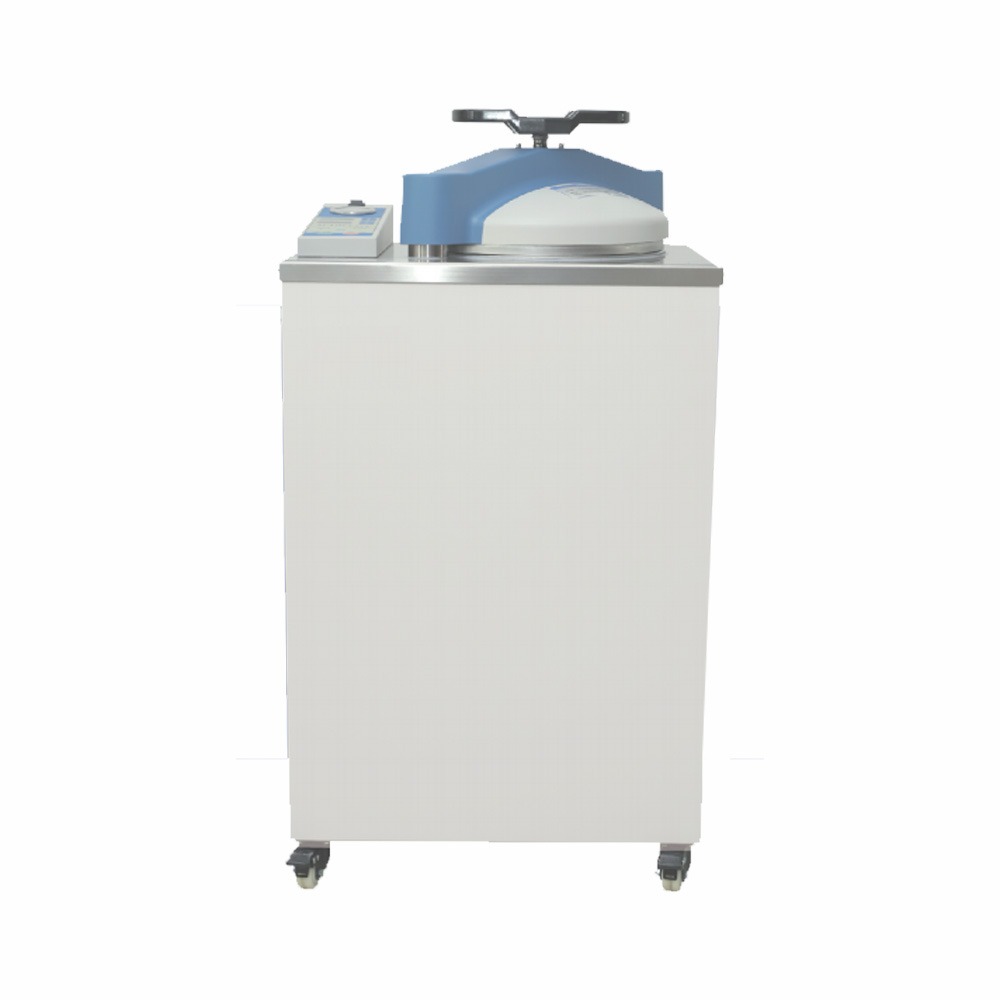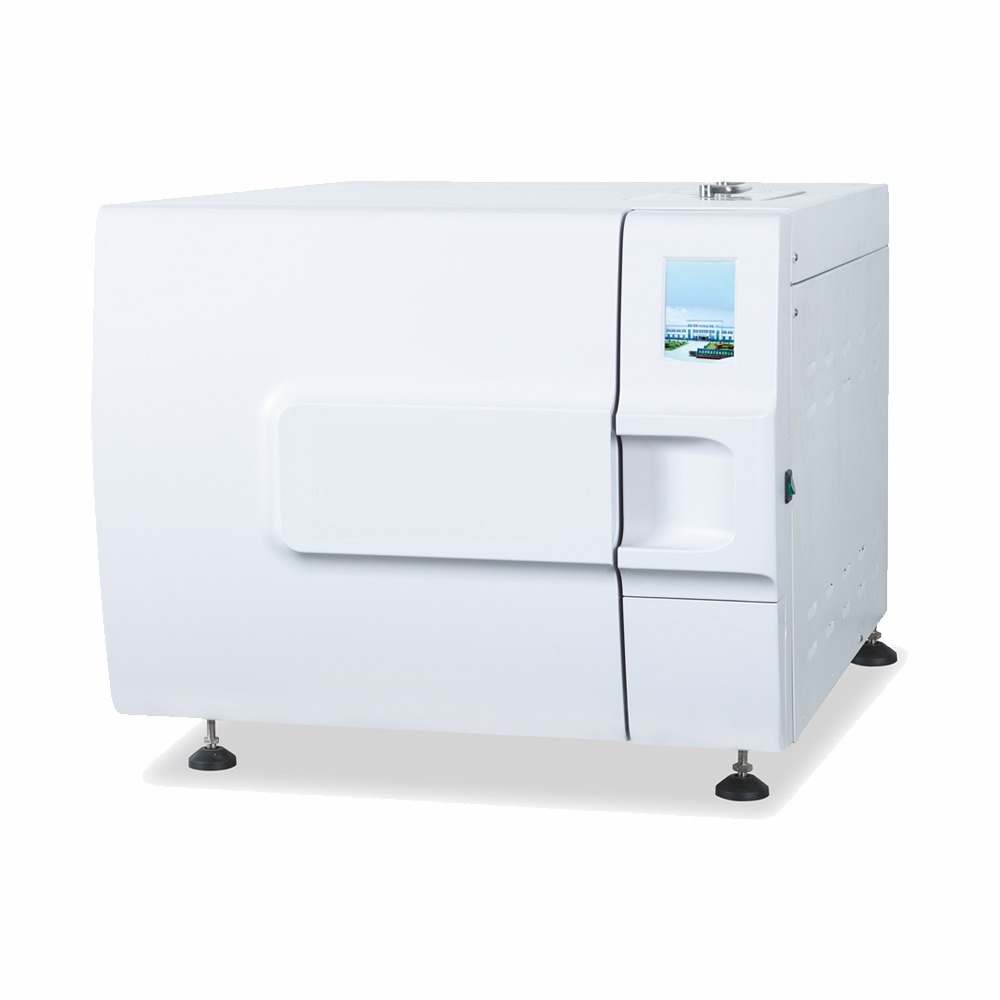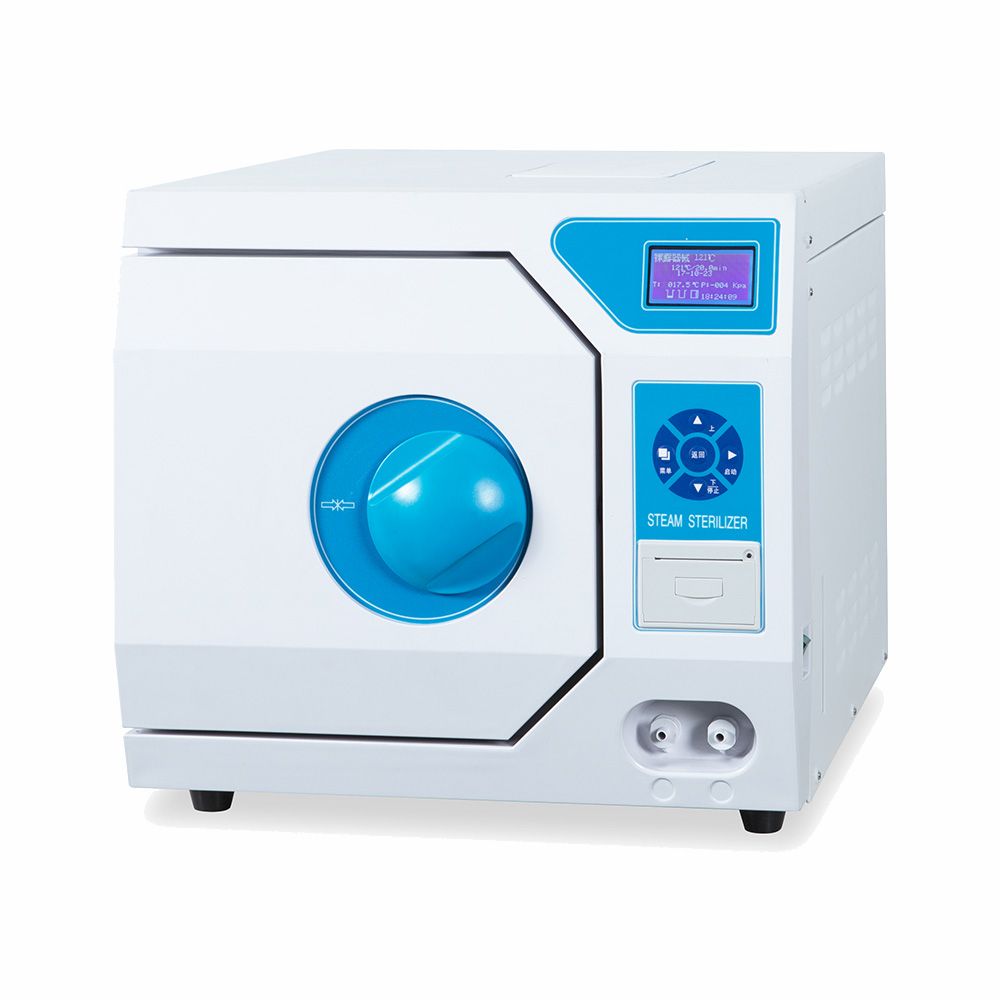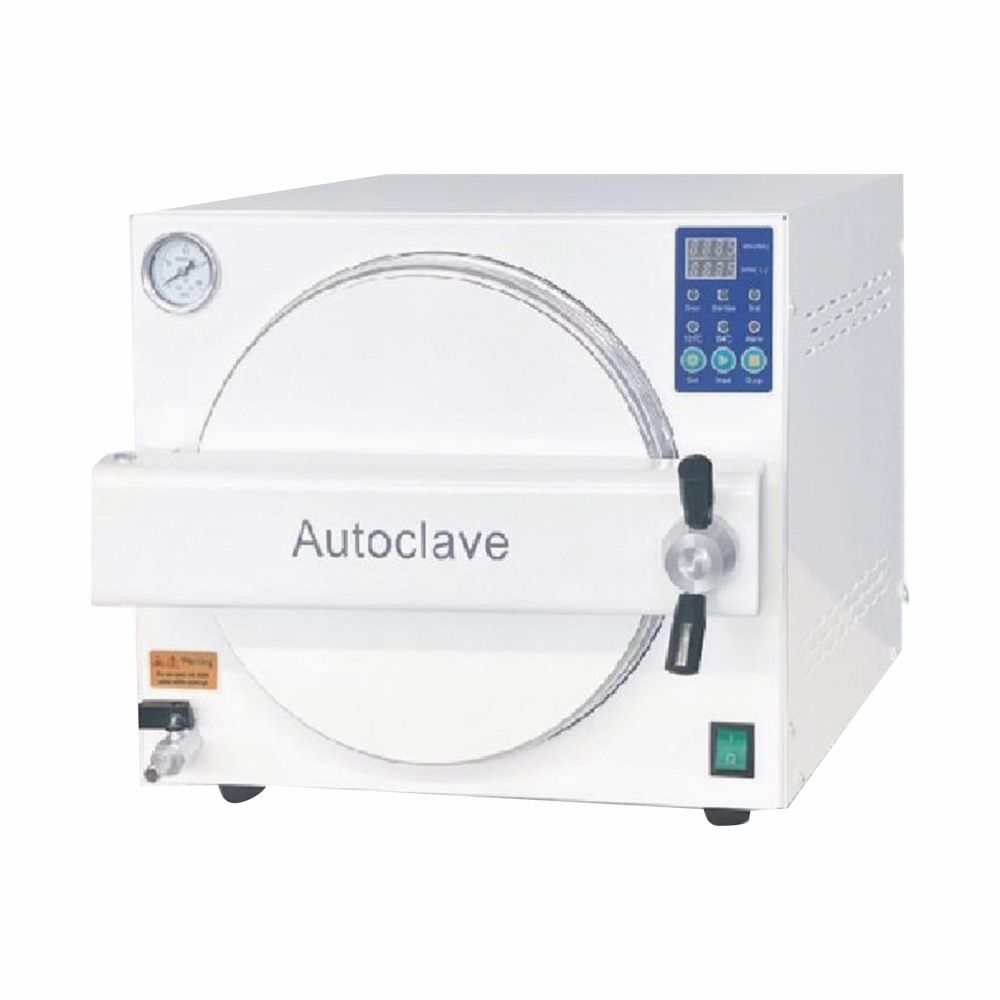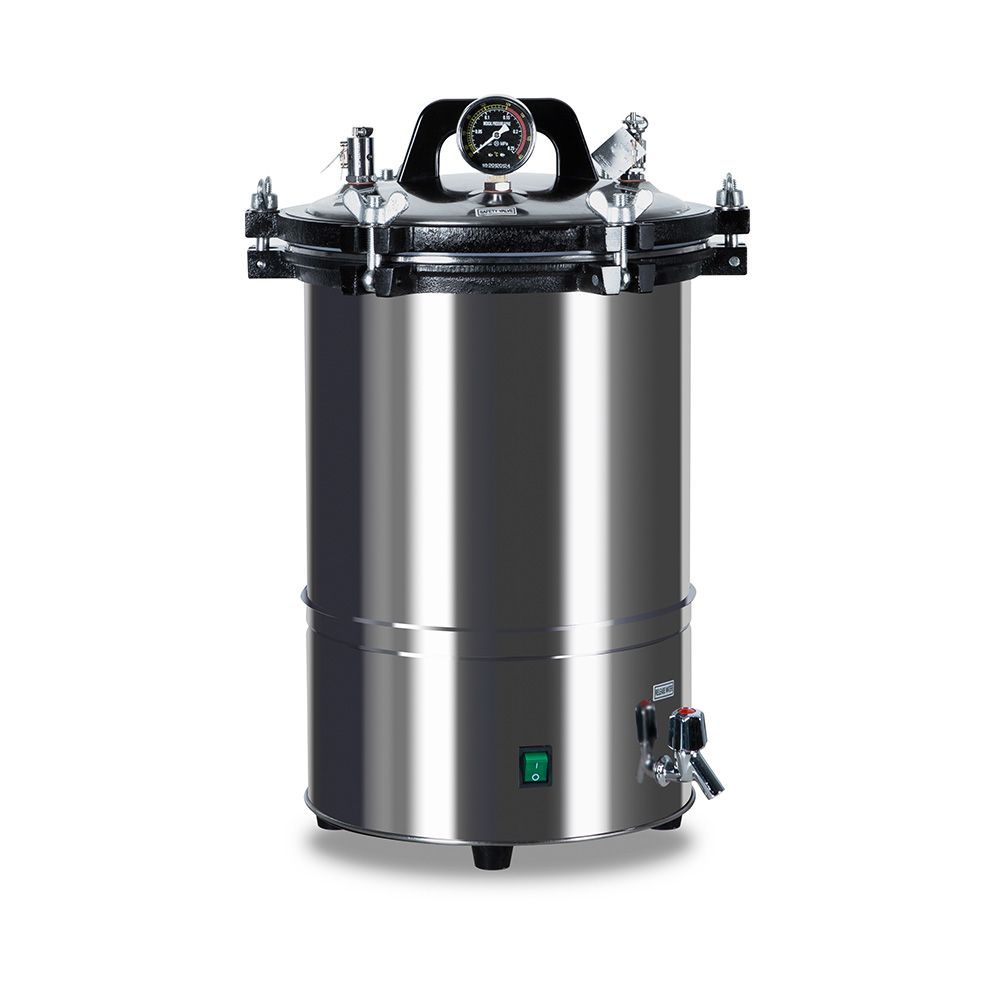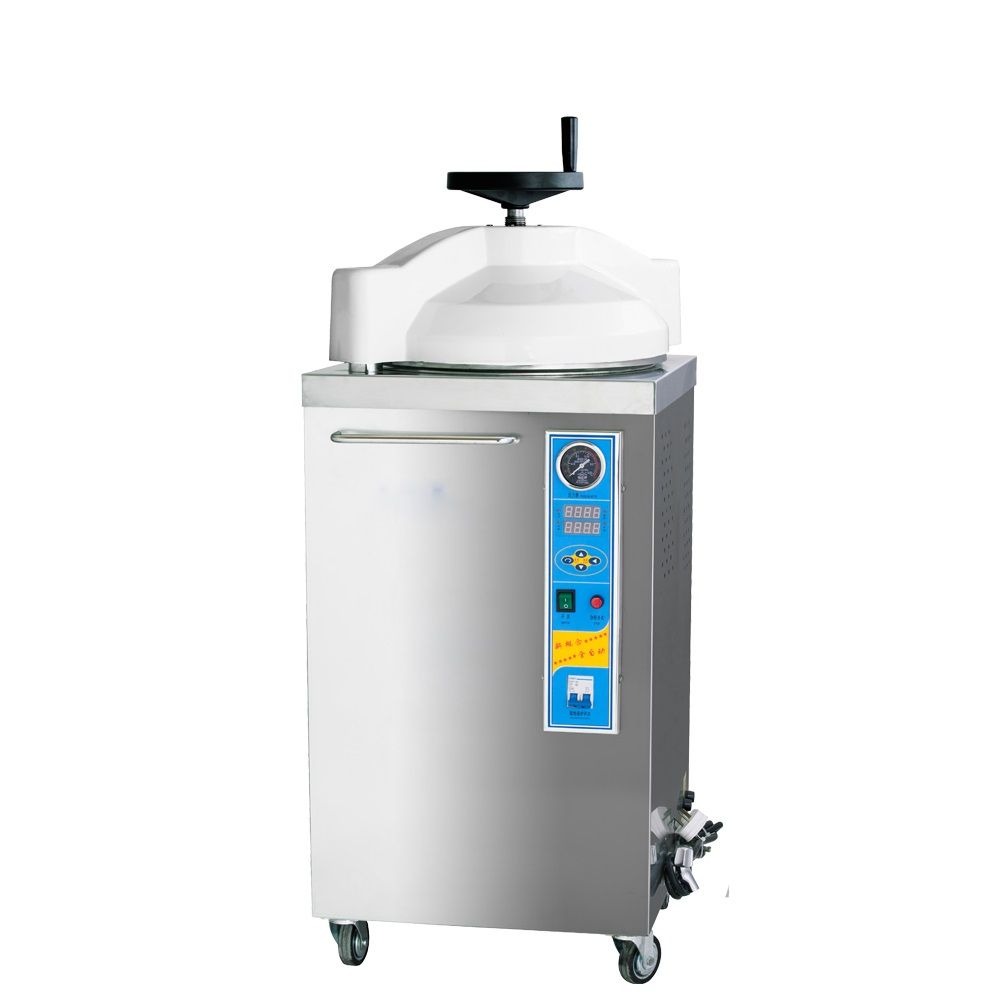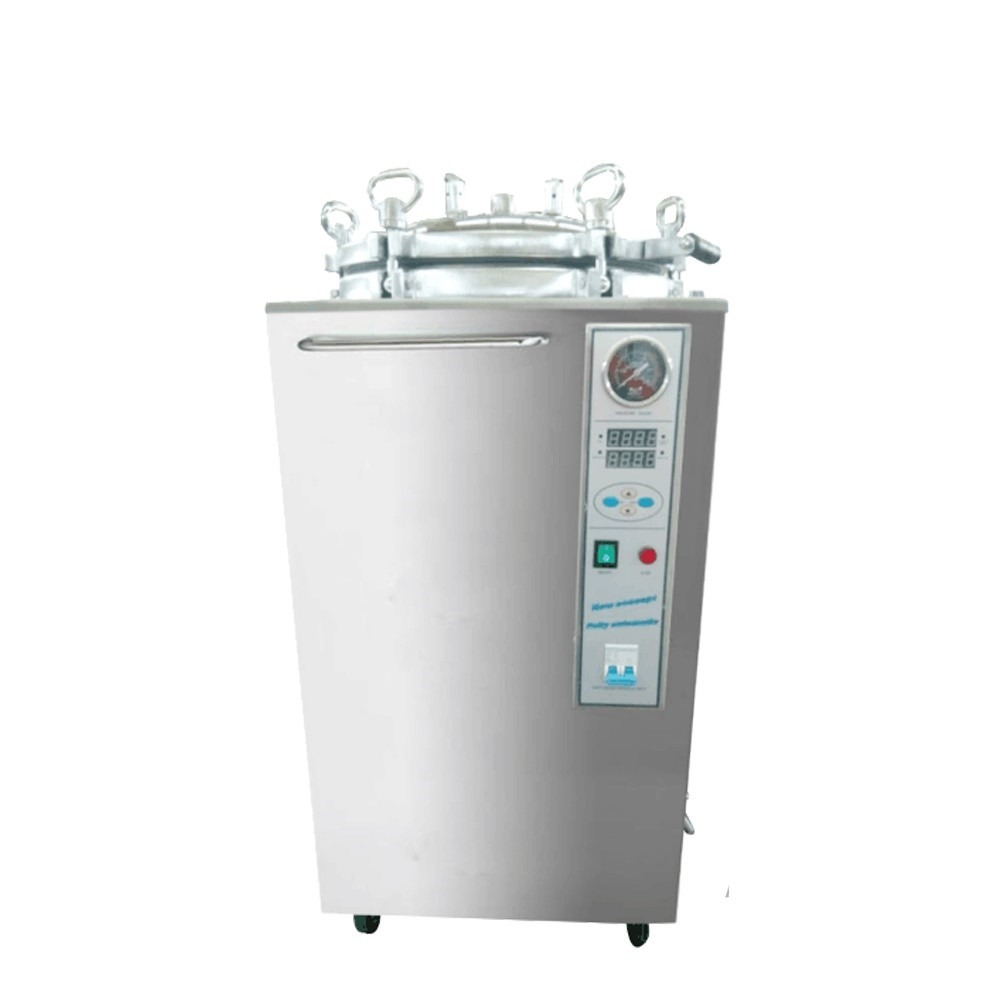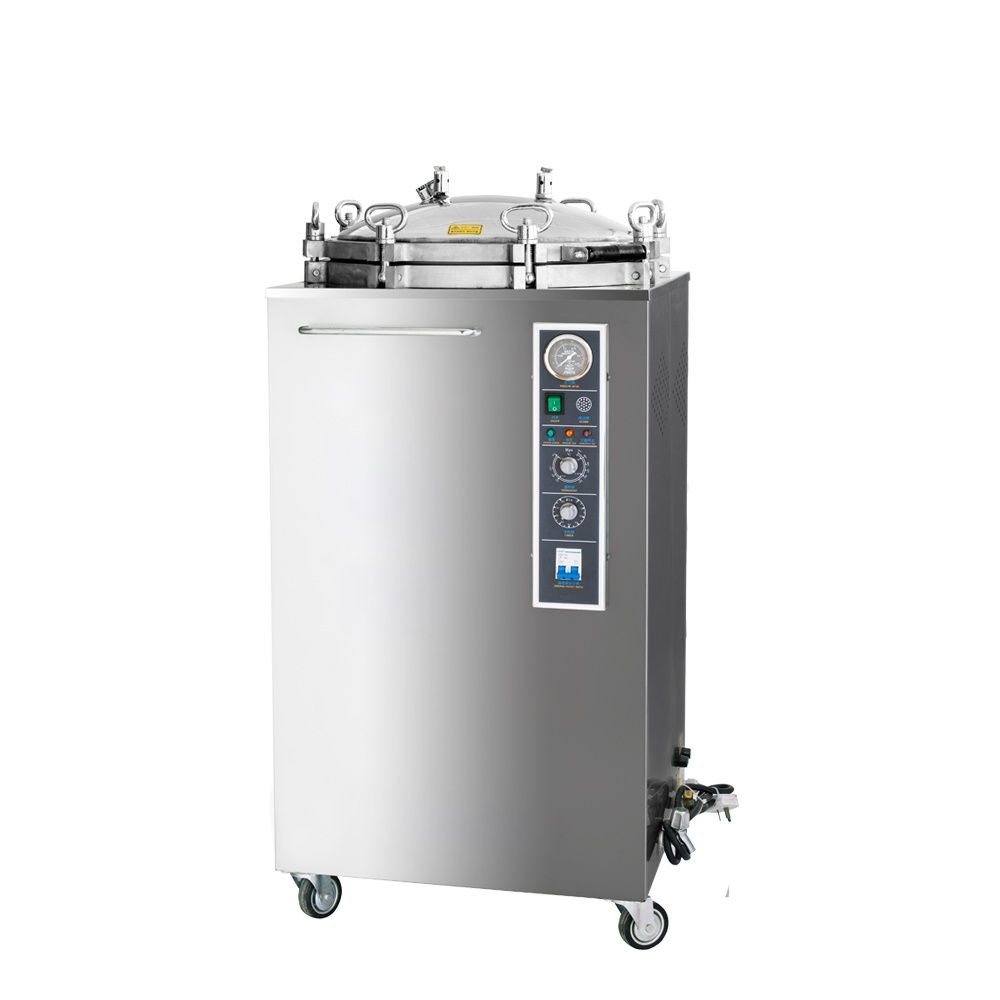Sterilization is a critical technique in microbiology and medical research to assure the removal of dangerous germs. The autoclave is one of the most commonly used sterilization technologies. Autoclaves successfully kill bacteria and ensure a sterile environment by using high temperatures and pressure. An autoclave is a sterilizing equipment that employs pressurized steam. It is made out of a sealed chamber constructed of stainless steel that can tolerate high temperatures and pressures. The autoclave works by heating the chamber above the boiling point of water, resulting in superheated steam. In this article, we will focus on how does an autoclave kill microorganisms exploring how autoclaves work and why they are so effective at eradicating bacteria, viruses, fungi, and other microorganisms.
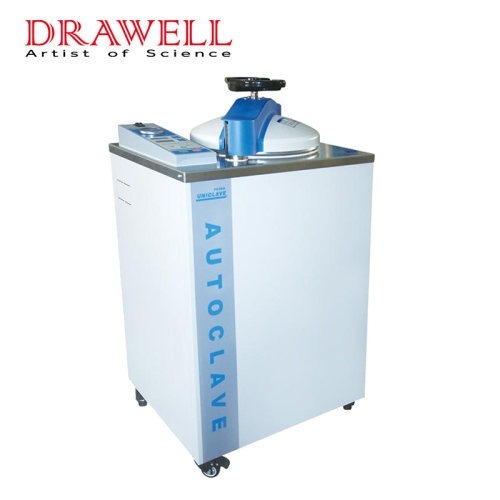
The Role of Heat in an Autoclave Killing Microorganisms
The role of heat in germ elimination is critical in autoclave and other heat-based sterilizing processes. Heat is a powerful weapon against microbes because it causes irreversible damage to their biological components.
- Denaturation of Proteins
Heat destabilizes the complex three-dimensional structure of proteins found in bacteria. Proteins are required for survival and function, and they play critical roles in cellular activities.
Heat energy destroys the weak connections that hold the protein structure together when exposed to high temperatures, resulting in denaturation. Proteins that have been denatured lose their functional shape and become physiologically inactive, rendering them incapable of performing their usual physiological tasks. Microorganisms die as a result of the disruption of essential proteins.
- Disruption of Cell Membranes
Microbial cell membranes can also be damaged by heat. Microorganisms rely on cell membranes to maintain their integrity and stability. High temperatures can make cell membranes more fluid and disturb their structure.
- Destruction of Nucleic Acids
The genetic information required for microbe reproduction and survival is carried by nucleic acids such as DNA and RNA. Heat can cause nucleic acid molecules’ bonds to break, resulting in their destruction. Nucleic acid damage inhibits germs from duplicating their genetic material, effectively stopping their ability to reproduce.
- Sensitivity of Microorganisms to Heat
Heat resistance varies among microorganisms based on their species, structure, and life stage. Bacterial endospores, which are produced by some species such as Bacillus and Clostridium, are extremely heat resistant due to their distinct protective structures. Autoclaves, on the other hand, use a combination of high temperature, steam, and pressure to overcome the heat resistance of even the most hardy bacteria.
- Time-Temperature Relationship
The time and temperature of exposure determine the efficiency of heat in germ eradication. Higher temperatures can kill bacteria faster, but longer exposure times may be necessary for efficient sterilization at lower temperatures. Autoclaves typically operate at temperatures ranging from 121 to 134 degrees Celsius (250 to 273 degrees Fahrenheit), effectively eliminating a wide range of microorganisms in a very short amount of time.
Autoclaves use high temperatures to effectively eradicate bacteria by leveraging heat’s destructive capabilities. Protein denaturation, cell membrane disintegration, and nucleic acid degradation all contribute to the death of microorganisms such as bacteria, viruses, fungus, and spores. The combination of heat, steam, and pressure in autoclaves assures consistent and efficient sterilization, making them an important tool in maintaining sterile conditions in a variety of industries such as healthcare, research, and manufacturing.
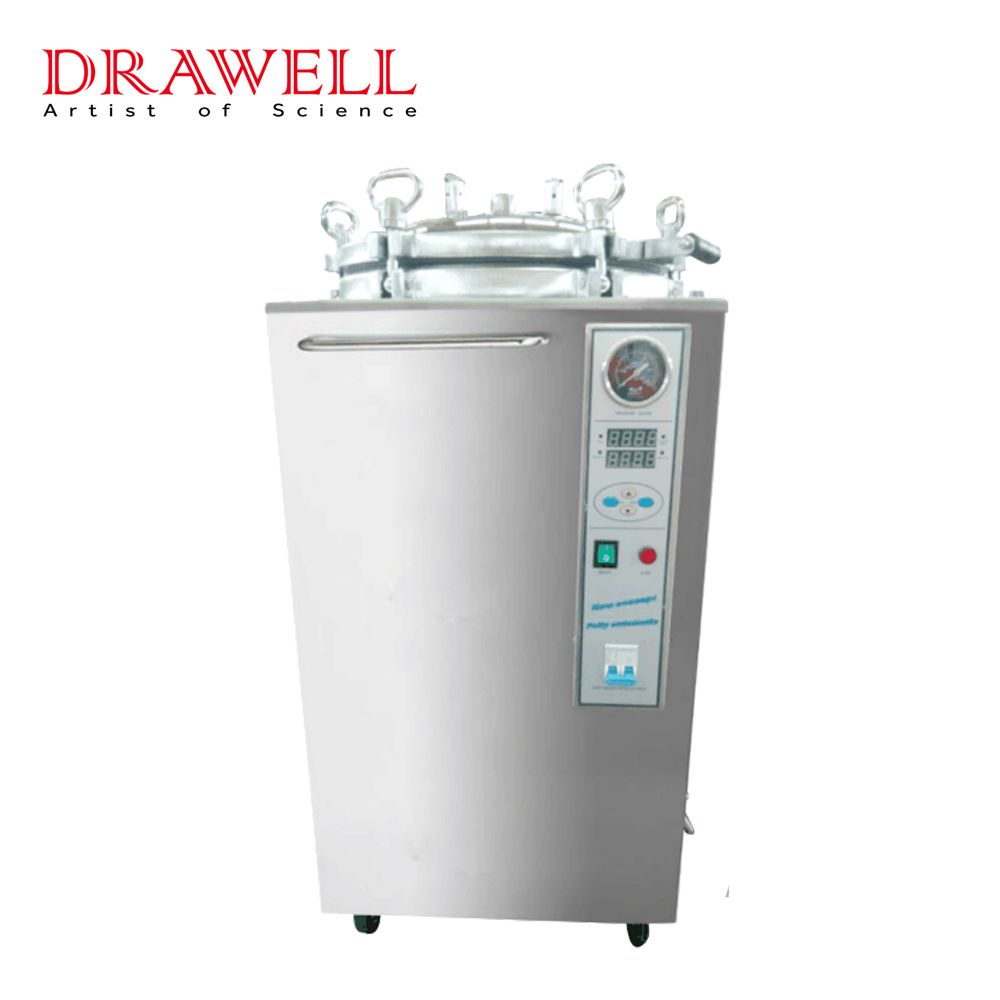
Steam and Pressure in an Autoclave Killing Microorganisms
Steam and pressure are critical components of autoclaves that contribute to good microorganism sterilization. The combination of steam and pressure generates an environment that amplifies heat’s ability to kill.
- Steam Generation
To generate steam, autoclaves require a water source. The water reservoir or chamber of the autoclave houses the water that will be transformed into steam during the sterilization process. Because of the increased pressure within the autoclave, the water is heated to its boiling point, which is often raised. As a result, the water heats up over its regular boiling point, allowing it to exist as superheated steam.
- Elevated Pressure
To ensure effective sterilization, high pressure autoclaves are important. The boiling point of water is raised by increasing the pressure within the autoclave chamber. This means that the generated steam can reach higher temperatures without evaporating. The higher temperatures contribute to the denaturation of proteins, disruption of cell membranes, and degradation of nucleic acids within microorganisms, leading to their elimination.
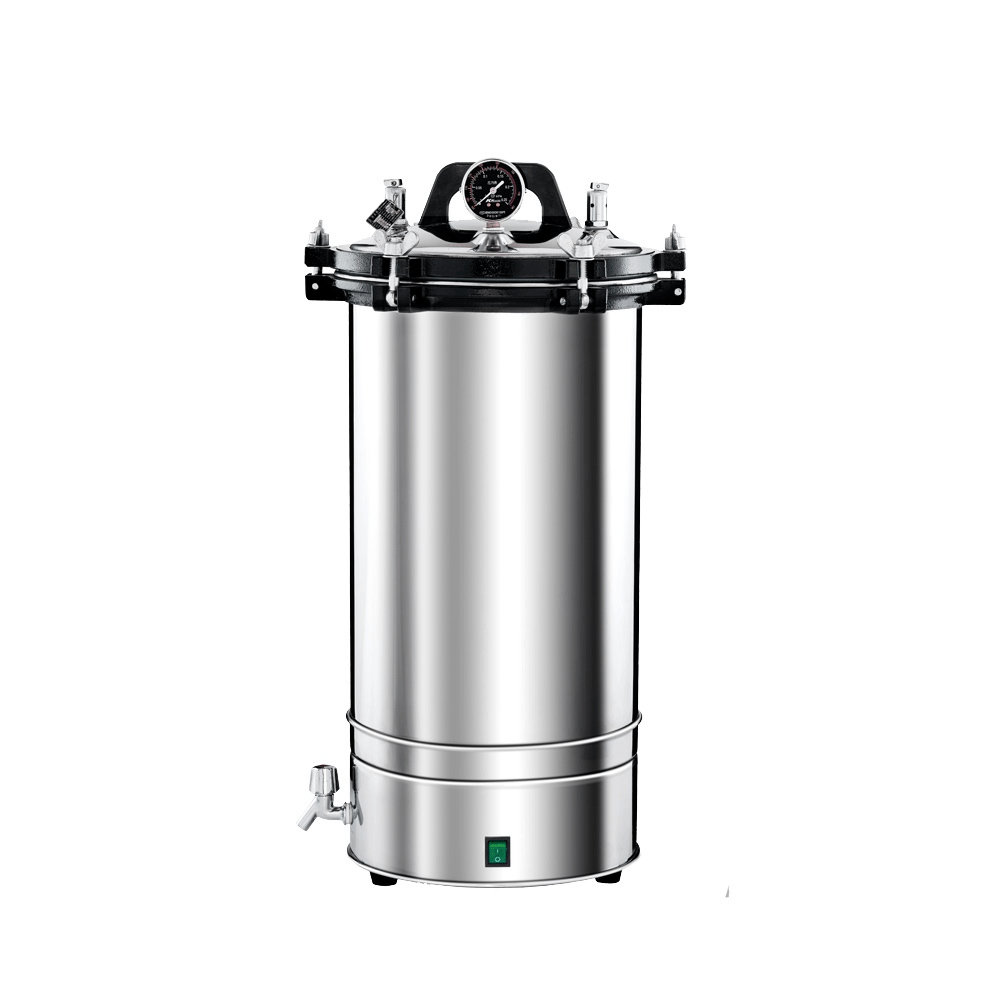
- Steam Penetration
An autoclave’s pressured steam can penetrate porous materials such as textiles, plastic wrapping, and equipment. This steam penetration is critical for thoroughly exposing bacteria to sterilizing conditions. Steam can reach regions or crevices that would be difficult to clean otherwise, resulting in a more thorough cleaning process.
- Heat Transfer
Steam is a great medium for transporting heat energy since it is a high-temperature vapor. Steam transmits heat to surfaces or objects within the autoclave when it comes into contact with them. This heat transmission is critical for reaching the temperatures required to efficiently denature proteins and eradicate bacteria.
- Uniform Heat Distribution
In autoclaves, the combination of steam and pressure promotes uniform heat dispersion. The steam flows within the chamber as the autoclave operates, ensuring that all things within the autoclave are subjected to consistent and elevated temperatures. This homogeneous heat distribution aids in the full disinfection of all surfaces and materials, reducing the possibilities of germ survival.
- Effective against Resilient Microorganisms
Autoclaves are extremely efficient against bacteria, viruses, fungus, and spores due to the high temperature and pressure generated by steam. Even the most resistant forms of life, heat-resistant bacterial endospores, can be destroyed by the combination of heat, steam, and pressure in autoclaves.
Autoclaves provide an atmosphere that enhances the killing power of heat by utilizing steam and pressure. The pressured steam allows effective heat transmission, homogeneous heat distribution, and full penetration into materials, allowing germs to be eliminated and dependable sterilization can be achieved in medical, laboratory, and industrial environments.
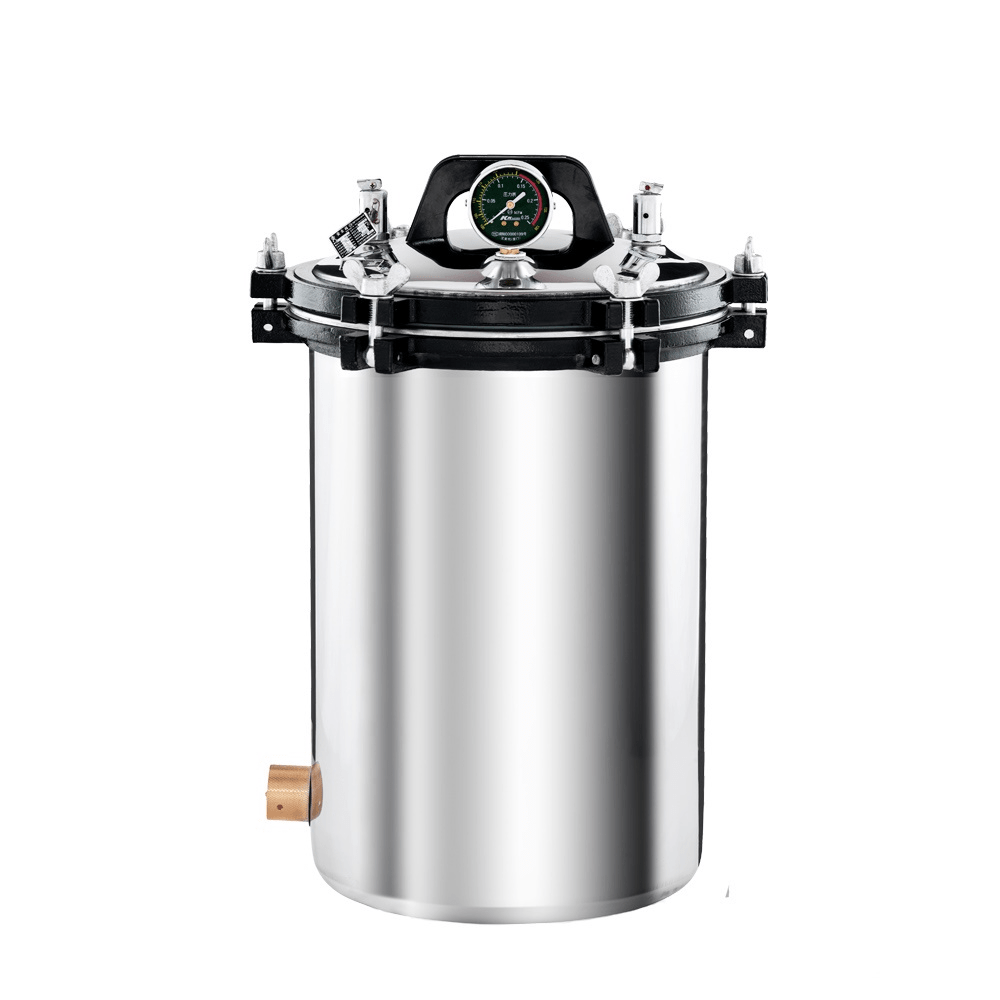
Various Microorganisms Can Be Killed by Using an Autoclave
Autoclaves are extremely effective at killing a wide variety of microorganisms, including bacteria, viruses, fungus, and some parasites. The autoclave chamber’s mix of heat, steam, and pressure assures consistent sterilization.
- Bacteria
Autoclaves are extremely effective at destroying bacteria, both pathogenic and non-pathogenic. High temperatures (usually 121 to 134 degrees Celsius) mixed with steam and pressure denature bacterial proteins, break cell membranes, and destroy nucleic acids, resulting in bacterial cell death. Common bacteria in this category include E. coli, Staphylococcus aureus, Salmonella spp., and Pseudomonas aeruginosa.
- Viruses
Autoclaves are effective at inactivating a wide variety of viruses, both enveloped and non-enveloped. The high heat and steam penetrate the viral structure, causing protein and genetic material damage and rendering the virus non-infectious. Autoclaves can effectively sterilize equipment and instruments contaminated with viruses such as hepatitis B virus (HBV), hepatitis C virus (HCV), human immunodeficiency virus (HIV), and herpes simplex virus (HSV).
- Fungi
Autoclaves are extremely efficient at removing fungus spores, hyphae, and other structures. The autoclave chamber’s mix of heat, steam, and pressure destroys fungal proteins, dissolves cell membranes, and degrades nucleic acids, resulting in the eradication of fungal pollutants. Autoclave sterilization can efficiently eradicate common fungal diseases such as Candida albicans, Aspergillus spp., and Trichophyton spp.
- Spores
Autoclaves are very successful at killing bacterial endospores, which are extremely resistant to external conditions such as heat. Autoclaves’ high heat, steam, and pressure can penetrate and kill even the most resistant bacterial endospores produced by Bacillus and Clostridium species. Autoclave sterilization is critical for removing these heat-resistant forms, which could offer a major danger of contamination and infection if not properly eradicated.
- Parasites
Autoclaves can also be used to kill parasites, particularly those that are sensitive to high temperatures. Some parasite protozoa and helminths, for example, are amenable to heat-based sterilizing. The efficiency of autoclaves against parasites, on the other hand, may vary depending on the exact species, life stage, and ability to survive heat stress. Depending on the specific environment and circumstances, various acceptable procedures and specialized protocols for parasite removal should be considered.
Summary
Autoclaves are essential in sterilizing operations because they use a combination of heat, pressure, and steam to kill germs. Autoclaves provide a dependable way for guaranteeing sterility in medical and laboratory environments by denaturing cellular components and inhibiting bacteria’ critical processes. Their ability to kill a wide variety of bacteria makes them a vital weapon in the fight against infectious diseases and scientific study.

